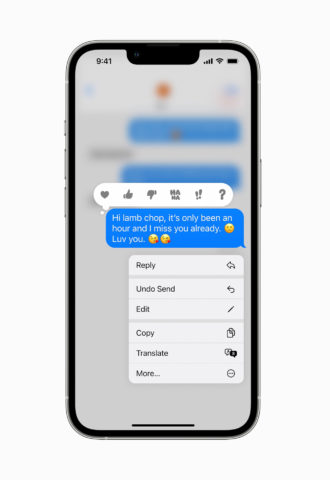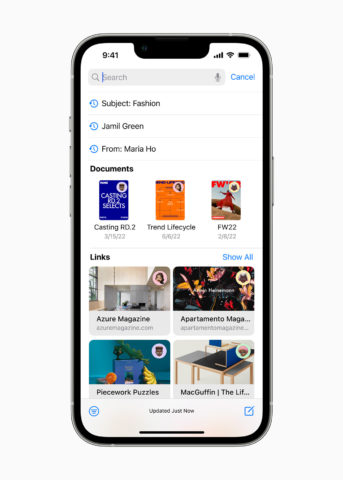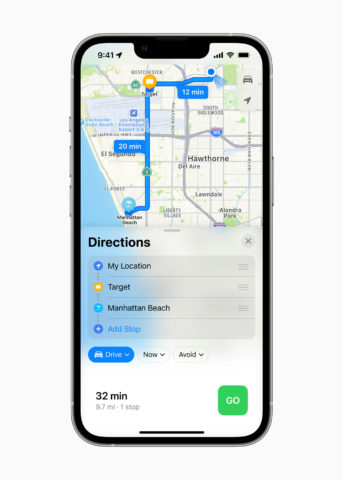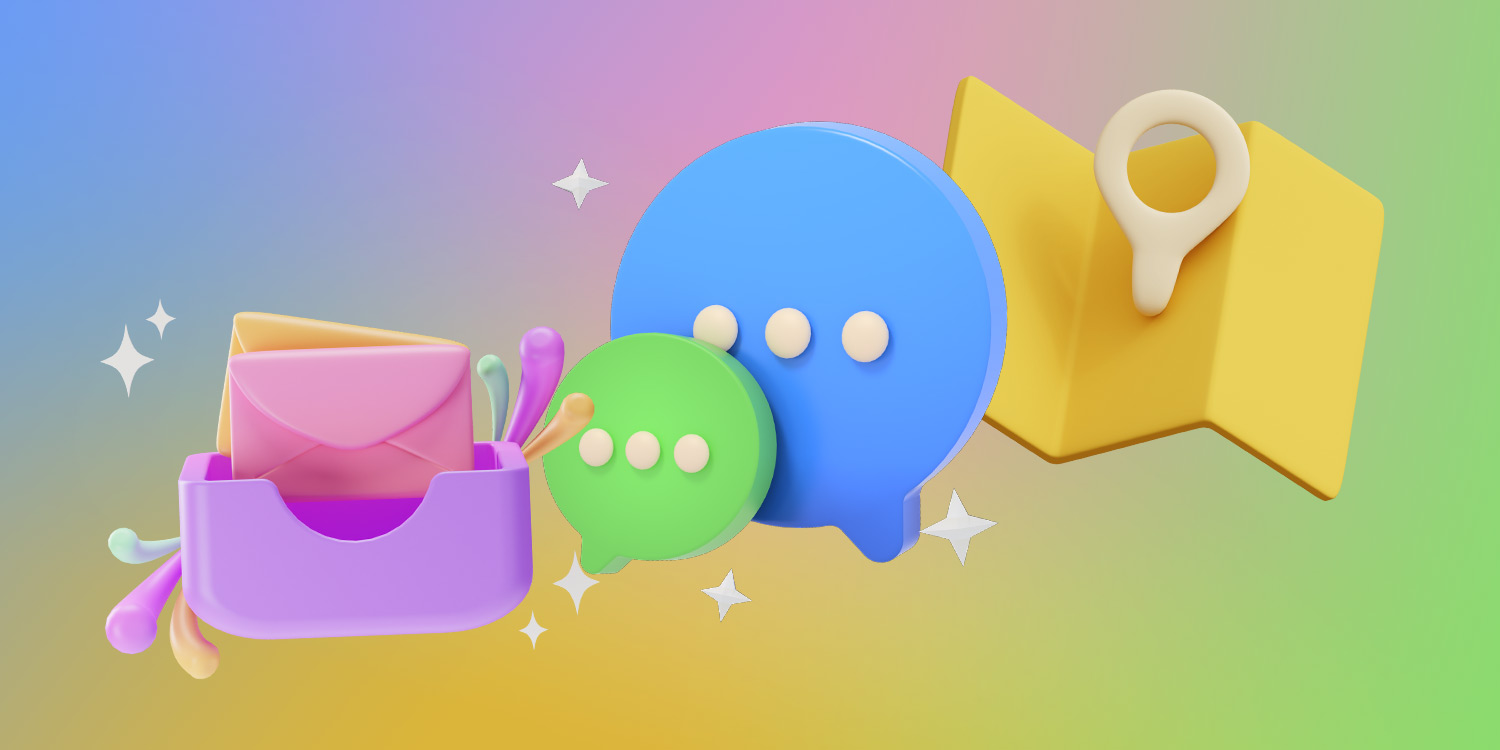iOS 16 brings many improvements to your iPhone that we should have had years ago
This summer, Apple will continue to work hard on the next major iOS upgrade. Important apps will gain new features. At WWDC 2022, Apple made a big deal when announcing many of them.
In isolation, this is all great. Meaningful new features save us time and energy. They make our lives better. But take a more global view and you might ask: what took so long?
Let’s dig into three of Apple’s most important apps to see what’s coming later this year, what rivals already do, and how we’d like Apple to approach things in the future, so it leads rather than follows.
Messages

The state of play: Upcoming Messages updates are split between collaboration and editing. The former will help turn Messages into a more useful hub for activity with friends. The latter will let you undo or edit messages for 15 minutes after sending them – or mark any missive as unread.
The competition: Mark as unread exists in many other apps. For example, it debuted in WhatsApp way back in 2015. Edit functionality is rarer. WhatsApp doesn’t yet have it – although it’s planned – but Signal and Telegram do. On collaboration, Apple is stronger; by baking everything deep into the ecosystem (SharePlay; Shared With You), it has a leg up on its rivals.
What we want to see: Messaging apps have a tendency towards bloat and complexity – something Apple has largely avoided with Messages. But editing features feel at best ordinary and at worst long overdue. Our hope is Apple will more rapidly integrate useful features in future.

The state of play: Beyond improved search (see above), new Mail features center on email management. You can undo a send (in reality, Mail pauses sending your email for a few seconds, giving you the chance to cancel), schedule emails, and set follow-up reminders.
The competition: Apple’s updates feel like what the free Spark has been doing for years with inbox management – but it (and other rivals) go much further, with the ability to ‘snooze’ emails to temporarily hide them, and by offering delegation/collaboration functionality. Many also offer smart inboxes, which automatically filter your emails and isolate advertising.
What we want to see: Apple is an innovator, but Mail feels like a ‘least possible’ app. We want it to remain usable and ‘think different’. It could draw from Edison’s integrated assistant with flight info and package details, Hey’s email screening and productivity features, and Spike’s reimagining email as a messaging app.
Maps

The state of play: To Apple’s credit, Maps is no longer the app it was back in 2012, when Tim Cook made a public apology about its shortcomings. Apple has spent years refining the app and adding useful features. iOS 16 will bring multi-stop routing, travel fares, and the means to add travel cards to Wallet.
The competition: Google Maps remains the giant in this space and is objectively a superior app. It offers superb transit and POI information, an offline mode, and worldwide Street View. (It’s also had multi-stop since 2016.) But Waze is solid too, smartly integrating user-supplied data to help people secure the best possible route.
What we want to see: Apple needs to be global rather than regional. Key features remain limited to large cities, when Google Maps gives them to everyone. It’s deeply frustrating when you can’t get cycling directions or Look Around because you don’t live in a major city. Apple with its billions should be able to match Google in such spaces. And given that internet connectivity cannot be guaranteed in every locale (and can be expensive when traveling), an offline mode is a must.

